DRLO Aviation (part 1)
The idea of installing a radar on a plane first appeared in the UK at the end of the 30s. After the start of the massive night raids of German bombers in England, the production of Blenheim IF night-time twin-engine fighters began with the AI Mk III radar. The Blenheim heavy fighters, equipped with radars, performed very well during the night interceptions and were later replaced by more sophisticated Bofaiter and Mosquito radar AI Mk.IV. However, night fighters were not radar patrol airplanes in the modern sense, the radar onboard was usually used for individual search of the air target and information was not exchanged with other interceptors and ground control points.
First in stories The prototype of the DRLO aircraft was an experimental Vickers Wellington IC, on which a rotating radar antenna was placed above the fuselage, and the equipment was in place of the bomb bay.
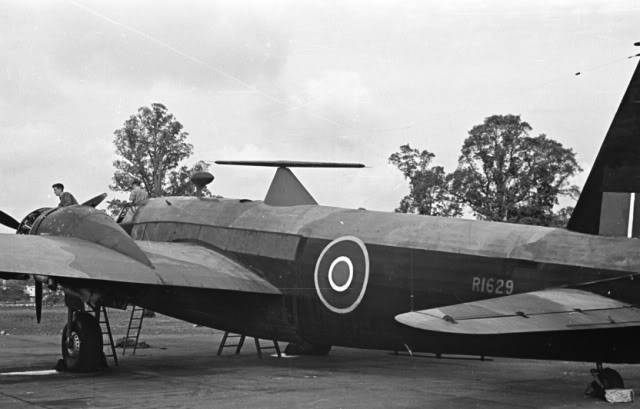
The construction of this car based on the twin-engined bomber "Wellington" was initiated after the German single bombers attacked England, bypassing the ground radar deployed on the east coast of the British Isles. However, after the mass shipments of mobile radars SCR-584 and GL Mk from Canada and the USA began. III, the idea of a radar control aircraft with a rotating radar antenna was abandoned. At the same time, "Wellington" were mass produced, equipped with fixed-antenna radars. These bombers were successfully used against German submarines that floated at night to charge the batteries. At the end of 1944, there were cases when specially converted "Wellington" with fixed antennas were used to guide Mosquito interceptors at the German Heinkel-111 bombers, the carriers of the Fow-1 "flying bombs". What was the first in the history of the combat use of the bundle "air radar picket - interceptor".
USA
By the middle of 40-s of the last century, the level of miniaturization and radar performance reached a level where it became possible to deploy surveillance radars with a detection range of more than 100 km not only on large two and four-engine aircraft, but also on relatively small single-engine machines.
The first to begin serial construction of AWACS aircraft was the Americans. After the start of hostilities in the Pacific Ocean, the US Navy needed to move the radar control zone away from its bases and ships in order to obtain the reserve time needed to lift a sufficient number of cover fighters into the air. In addition, radar patrol aircraft could control the actions of their own aviation away from the aircraft carrier.
In August, the American fleet was subjected to intense kamikaze attacks in the battles for Okinawa in August, and the American admirals urgently placed an order for carrier-based AWACS TVM-1944W. This machine was created on the basis of the TBM-3 Avenger deck torpedo bomber. Without waiting for the end of testing, the fleet ordered 3 aircraft with the start of deliveries in March 40 of the year.
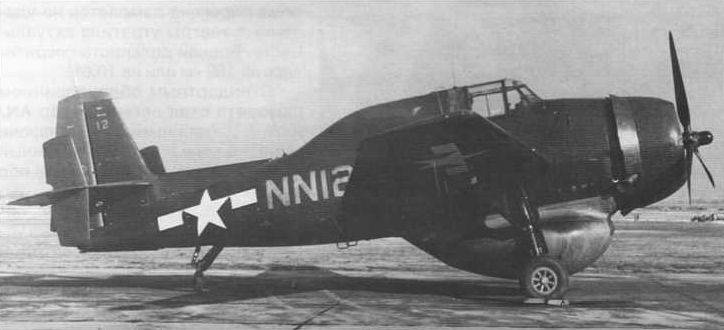
For the first time, “flying radar” TVM-3W took off in August 1944 of the year, which coincided with the official conclusion of the order for it. On the plane under the middle part of the fuselage, a radome with an AN / APS-20 radar antenna, which was created as part of the Cadillac project, was installed. Looking ahead, I will say that the upgraded versions of this station, which operated in the 1-3 meter range, were used in the United States and NATO until the end of the 70s, that is, more than 30 years. The first modification of AN / APS-20 had very good characteristics for its time, the station, in the absence of interference, could see a “bomber” target at a distance of 120 km.
Externally, TVM-3W was very different from the torpedo bomber. In addition to the drop-shaped radar fairing, to maintain road stability, stabilizers had to install additional vertical surfaces - the tail was three-fin. Landing TVM-3W required special attention, because due to the hanging "belly" clearance was low.
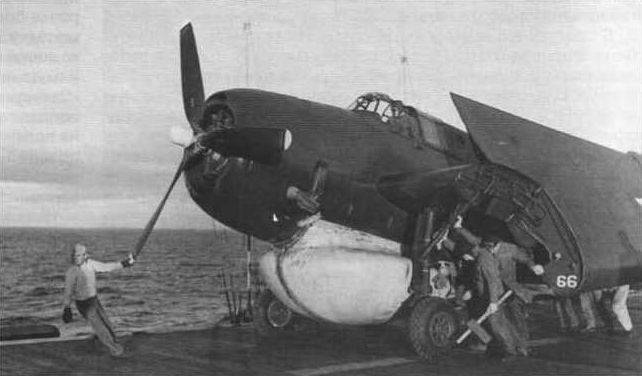
The crew consisted of two people - the pilot and the operator of the radar. For the most part, the machines of the first order were not rebuilt, but converted from torpedo bombs. In the role of the platform for the DRLO aircraft, the Evenger was not perfect. The small internal volume of the fuselage made it possible to accommodate only one radar operator, and in very cramped conditions.
Although everything was as good as it could be for the first US DRLO aircraft, its refinement was delayed. After the problems with the unreliable operation of the avionics were resolved, it took time to master the serial machines with flight and technical personnel. As a result, TVM-3W did not have time for the war and began to enter the combat radar squadrons at the beginning of 1946. The first option was followed by a modification of TBM-3W2 with improved radar, which could also work on surface targets and even detect submarine periscopes.
When designing the TBM-3W2, it was assumed that the plane would have three-seaters, an additional radar operator was introduced to the crew, who also managed communications equipment and transmitted data on the detected air targets. But due to the lack of free space on board, as a rule, they did not take the third crew member into the flight.
In the 1953, the US Navy had 156 airplanes TBM-3W / W2, by which time they were used not only to control the air situation, but also to search for submarines together with anti-submarine airplanes TBM-3S. But after a few years, in connection with the arrival of more advanced machines, the write-off of radar Avengers began. In addition to the United States, the TBM-3W2 aircraft were in service in Canada, the Netherlands, and the Japan Self-Defense Forces. And everywhere they were used solely as patrol vehicles to control the marine area.
By the end of the 40-ies, the Evenger, produced from the 1941 of the year, had become fairly outdated, and the Navy needed a new platform for the deck aircraft of the radar patrol. In 1949, the test aircraft entered, built on the basis of the deck attack aircraft AD-1 Skyraider.
The first radar version of the "Skyrader" with a rotating antenna radar AN / APS-20 in a bulky fairing under the fuselage was designated as AD-3W. This machine was built in a small series in 30 copies and was used mainly for testing and refining equipment. Because of their characteristic shape, sharp-tongued sailors quickly stuck the humorous nickname “Guppy” to the aircraft. Just as on TBM-3, additional washers were installed on the tail unit to improve road stability.
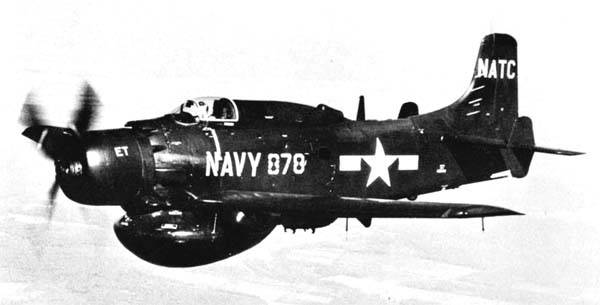
In the crew, consisting of three people, there was a clear division of duties. In addition to the pilot and radar operator, there was another workplace for the radio operator who kept in constant radio contact with the aircraft carrier or guided fighter aircraft in the air. According to the experience of operating the TBM-3W2 aircraft, another search for AD-3W was the search for submarines, for which a magnetometer was squeezed onto the aircraft. Also, on the "Skyraders" they ran around the radar AN / APS-31, but it did not catch on.
In the end, after all the experiments, they decided to abandon the anti-submarine functions, and the standard version of the deck “flying radar picket” was AD-4W with AN / APS-20А radar. Compared to the original version, the characteristics of the detection range and reliability of the station have been significantly improved.
This modification, built in the number of 158 aircraft, replaced worn-out TBM-3W2 on aircraft carrier decks. Compared to the Evenger, working conditions aboard the Skyrader were much more comfortable, and the new aircraft had almost twice the patrol radius - 650 km. However, the AD-4W inherited many of the disadvantages of the TBM-3W - the aircraft was single-engine, which in the event of a power plant failure during flights over the ocean did not leave much chance for the crew to survive. Significant vibrations of a piston engine located near the radar and communications equipment had a negative effect on its reliability. And because of the location of the radar antenna under the fuselage, the detection of high-altitude targets was difficult.
However, the command of the Navy highly appreciated the radar "Skyraders" and they played a prominent role during the Korean War. The AD-3W and AD-4W aircraft constantly hung over American aircraft carriers, warning of the approach of jet MiGs.
After several Sea Fury FB.Mk 11 British piston deck aircraft from the aircraft carrier HMS Ocean (R68) were subjected to sudden attacks by MiG-15, the British expressed their desire to buy 50 deck DRLO aircraft. In Royal Navy, they received the designation AEW.1 and served until the 1962 year.
A further development option of the radar "Skyrader" became AD-5W (from 1962 of the year - EA-1Е). Total American fleet received 239 machines of this modification. Compared to AD-3W and AD-4W, the elemental base of advanced electronic equipment has already had a significant proportion of semiconductor elements, which significantly reduced the size and power consumption. Operation of the EA-1 in the US Navy continued until the mid 60-s.
Already in the early 50s, single-engine radar patrol aircraft ceased to suit American admirals. After the appearance of intelligence information on the development in the USSR of sea and air-based cruise missiles, the American the fleet it took an "air radar picket" with a larger radius and range than the Skyrader.
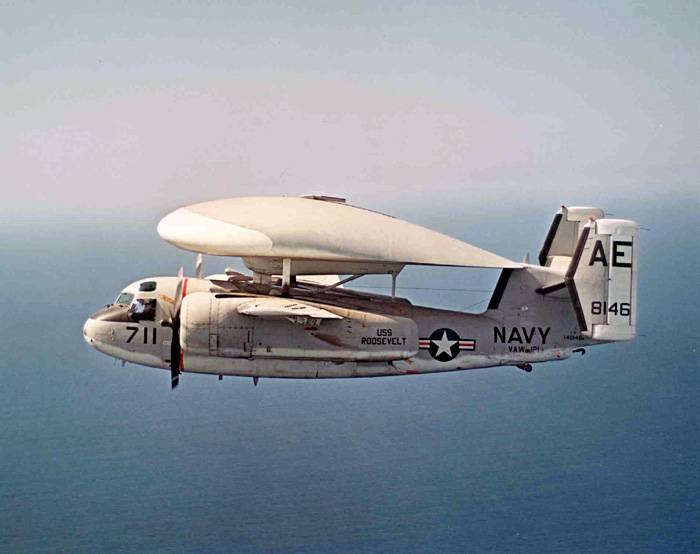
The new aircraft, called the E-1В Tracer, equipped with a full set of onboard equipment, first flew in March 1 1957. The serial construction of the Tresors continued until the beginning of 1958, the entire fleet was handed over to 88 machines. The base for the new deck "radar picket" was the anti-submarine S-2F Tracker. The crew of the aircraft was four people: two pilots and two radar operators.
Unlike the first post-war American DRLO planes, where the AN / APS-20 station was used, the Tracer installed a new AN / APS-82 radar, operating in the 30-100 wavelength range, see. The radar was positioned about a meter high a fuselage with a drop-shaped fairing with 9,76x6,0x1,25 m dimensions. This solution reduced the “dead zone” due to the shading of the metal parts of the aircraft design. Compared with AD-5W, the detection range and, in particular, the possibility of target selection against the background of the water surface has increased. In the absence of interference conditions, the detection range of the high-altitude target of the B-29 type was 180 km, the update rate of the radar information was 10 seconds.
However, it soon became clear that the new aircraft is also not without significant flaws. Despite the increased internal volumes, there was no place on board the aircraft for the command and control officer and his function had to be performed by the second pilot. In addition, the aircraft did not have equipment for the automated transmission of radar data, and the information was first transmitted by voice to the aircraft carrier, from which fighter aircraft were already controlled. The limited capacity of the base chassis prevented the introduction of data processing and transmission, the installation of more modern equipment and the expansion of its composition in the crew. In addition, by the beginning of the 60's piston deck-mounted aircraft already looked archaic. All this significantly limited the service life of the E-1V in the US Navy, the last aircraft of this type was sent to the storage base in November 1977.
As already mentioned, the shortcomings of the first carrier-based aircraft of the radar patrol include small free volumes on board and a relatively short range and duration of patrols. What, however, had to put up with when using from the deck of an aircraft carrier. However, in the case of basing on the coast, nothing prevented the use of larger vehicles with a longer flight time as a platform.
Simultaneously with the deck TBM-3W, the fleet ordered an 24 four-engine PB-1W with the same AN / APS-20 radar. The radar antenna was located under a large drop-shaped fairing in place of a bomb bay. In addition to the radar on the PB-1W installed radar system for identifying aircraft and ships "your - someone else's". In addition to aircraft with a lower radar location, at least one aircraft was built with a dorsal radome radome.
Coastal-based PB-1W DRLO aircraft were based on the B-17G bomber base. Compared with the "batchers" heavy four-engine aircraft had several times greater flight range and duration of patrols. Yes, and the living conditions on board the TBM-3W were much more comfortable, in contrast to the deck aircraft, the radar operator did not have to sit bent because of the lack of free space. Now it is possible to have on-board 2-3 changeable operators and a command and control officer.
Like the TBM-3W deck ships, coastal-launched PB-1W DRLO aircraft did not have time to go to war. The transfer of the first five US Navy aircraft took place in April 1946. Since the fighting had already ended, all defensive weapons were dismantled, and the number of crew members was reduced from 10 to 8 people.
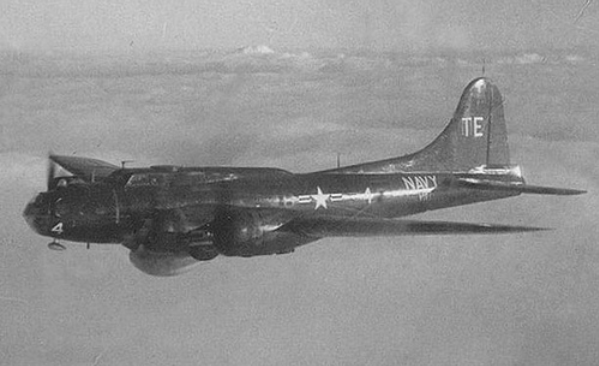
PB-1W aircraft served both on the east and west coast of the continental US. In 1952, four PB-1Ws were sent to Hawaii. In addition to controlling the airspace and controlling the actions of fighter aircraft, during the flights, the operators were assigned to search for submarines and reconnaissance of the weather. The characteristics of the AN / APS-20 radar made it possible to detect approaching hurricanes at a distance of more than 120 km and promptly notify about the threat. At the same time, the PB-1W flight intensity was high. As the resource was developed, the planes were written off, the fleet broke up with the last PB-1W in 1956 year.
The American Air Force, much later than the fleet, began to engage in DRLO aircraft and at first did not pay them much attention. In 1951, three B-29 bombers were converted into DRLO aircraft. Airplanes with the AN / APS-20C radar and jamming station were designated Р2В-1S. For the most part, these machines were not used for patrol flights or fighter jet coordination, but for weather reconnaissance and participated in all sorts of test programs, experiments and exercises.
By that time, the Air Force had not yet decided on the role and place of long-range radar patrol aircraft. Unlike the admirals, who still remembered the consequences of the destructive raid on the Pearl Harbor and the kamikaze attacks, the Air Force generals relied on numerous ground-based radar and jet interceptors. However, soon after the creation of a nuclear weapons and adopting long-range bombers capable of reaching the continental United States and returning back, the American strategists were forced to expend significant funds to improve the air defense system, including on airplanes and even airships carrying powerful radars for detecting air targets. But this will be discussed in the second part of the review.
To be continued ...
Based on:
http://www.joebaugher.com/usattack/newa1_19.html
http://www.rusarmy.com/forum/threads/samolety-drlo-avaksy.2943/page-4
http://septus.blogspot.ru/2013/09/blog-post.html
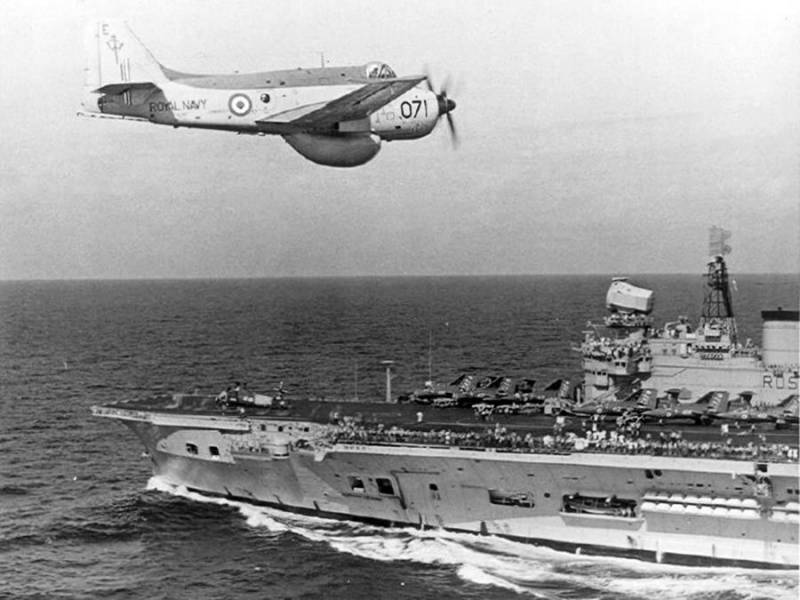
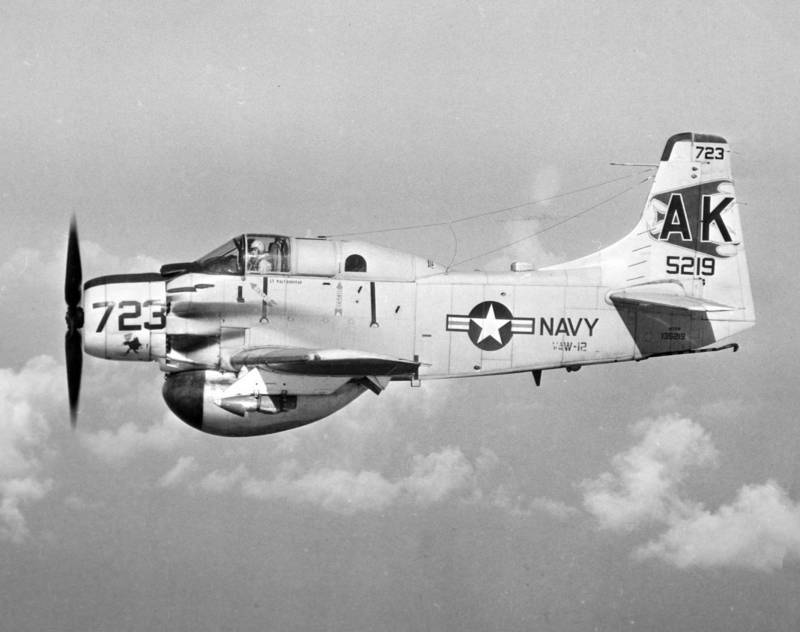
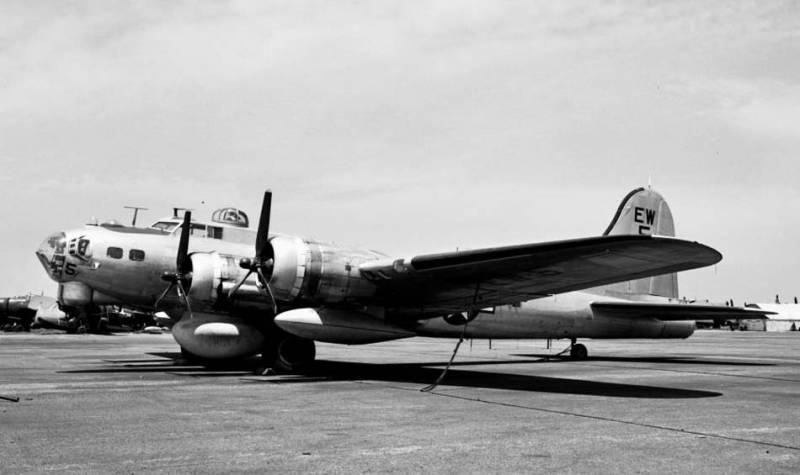
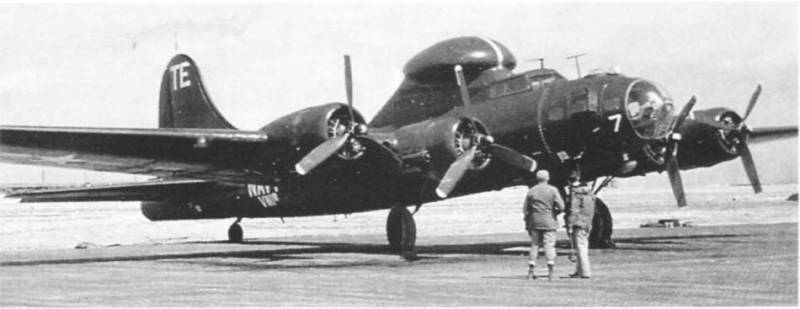
Information